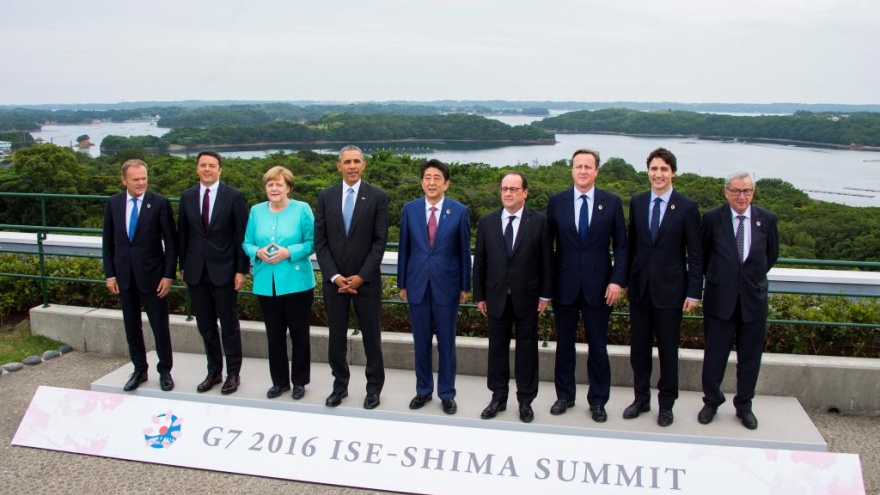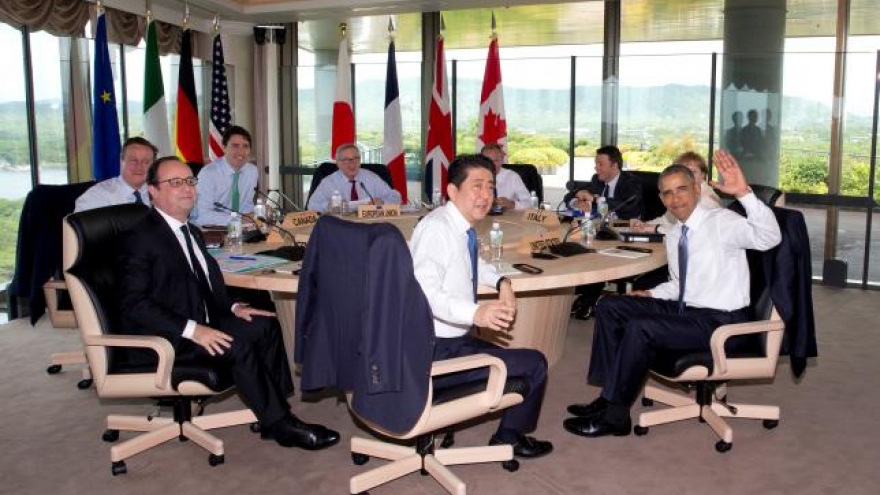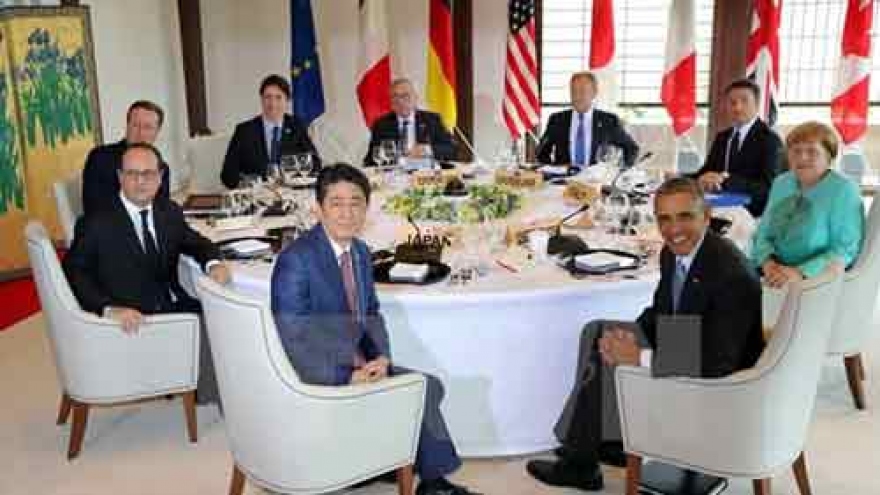Obama mourns dead in Hiroshima, calls for world without nuclear arms
Barack Obama on May 27 became the first incumbent US president to visit Hiroshima, site of the world's first atomic bombing, in a gesture Tokyo and Washington hope will showcase their alliance and reinvigorate efforts to rid the world of nuclear arms
 |
The two governments hope Obama's visit to Hiroshima, where a US atomic bomb killed thousands instantly on Aug. 6, 1945, and some 140,000 by the year's end, underscores a new level of reconciliation and tighter ties between the former enemies.
"We come to ponder the terrible force unleashed in the not so distant past," Obama said after laying a wreath at a Hiroshima peace memorial.
"We come to mourn the dead, including over 100,000 Japanese men, women and children, thousands of Koreans and a dozen Americans held prisoner. Their souls speak to us."
Before laying the wreath, Obama visited a museum where haunting displays include photographs of badly burned victims, the tattered and stained clothes they wore and statues depicting people with flesh melting from their limbs.
Obama visited the display for Sadako Sasaki, a young girl who survived the bombing but died several years later of leukemia, contracted as a result of radiation exposure. She was the inspiration of the book "Sadako and the Thousand Paper Cranes."
Obama's main goal in Hiroshima was to showcase his nuclear disarmament agenda, for which he won the 2009 Nobel Peace Prize.
"Amongst those nations like my own that own nuclear stockpiles, we must have the courage to escape the logic of fear and pursue a world without them," he said.




